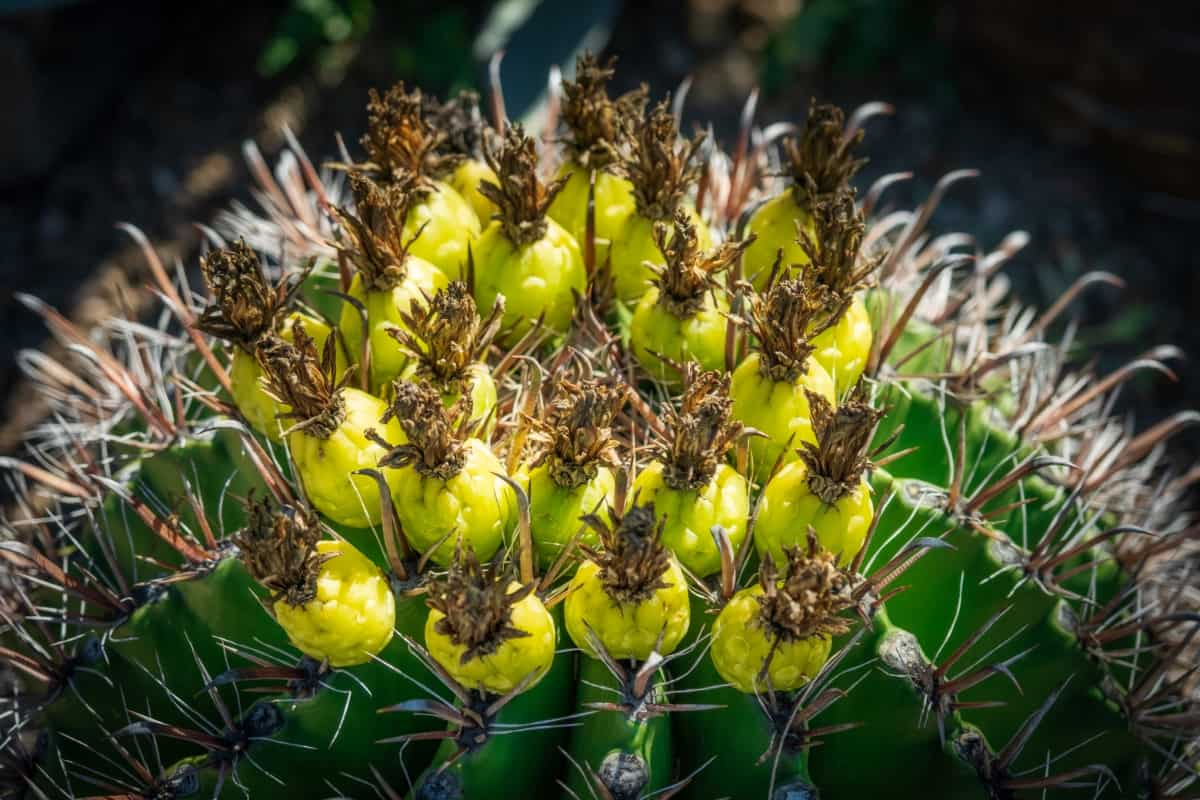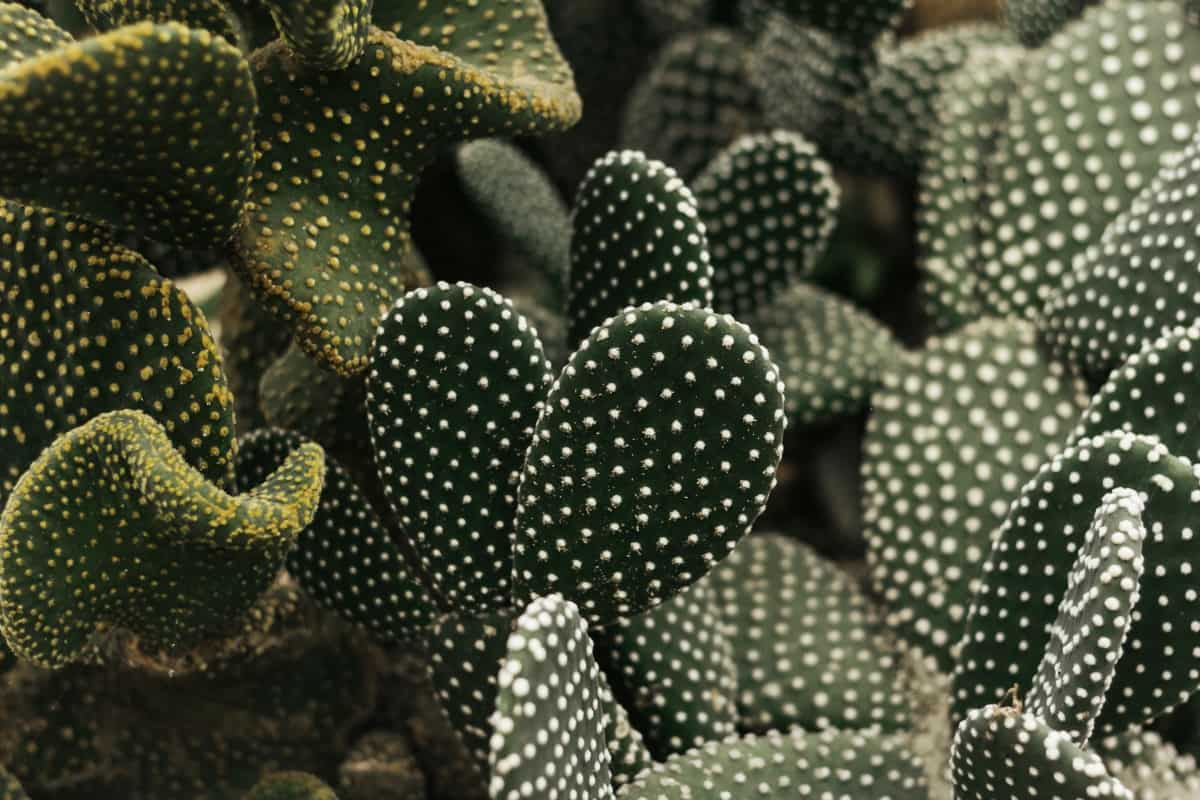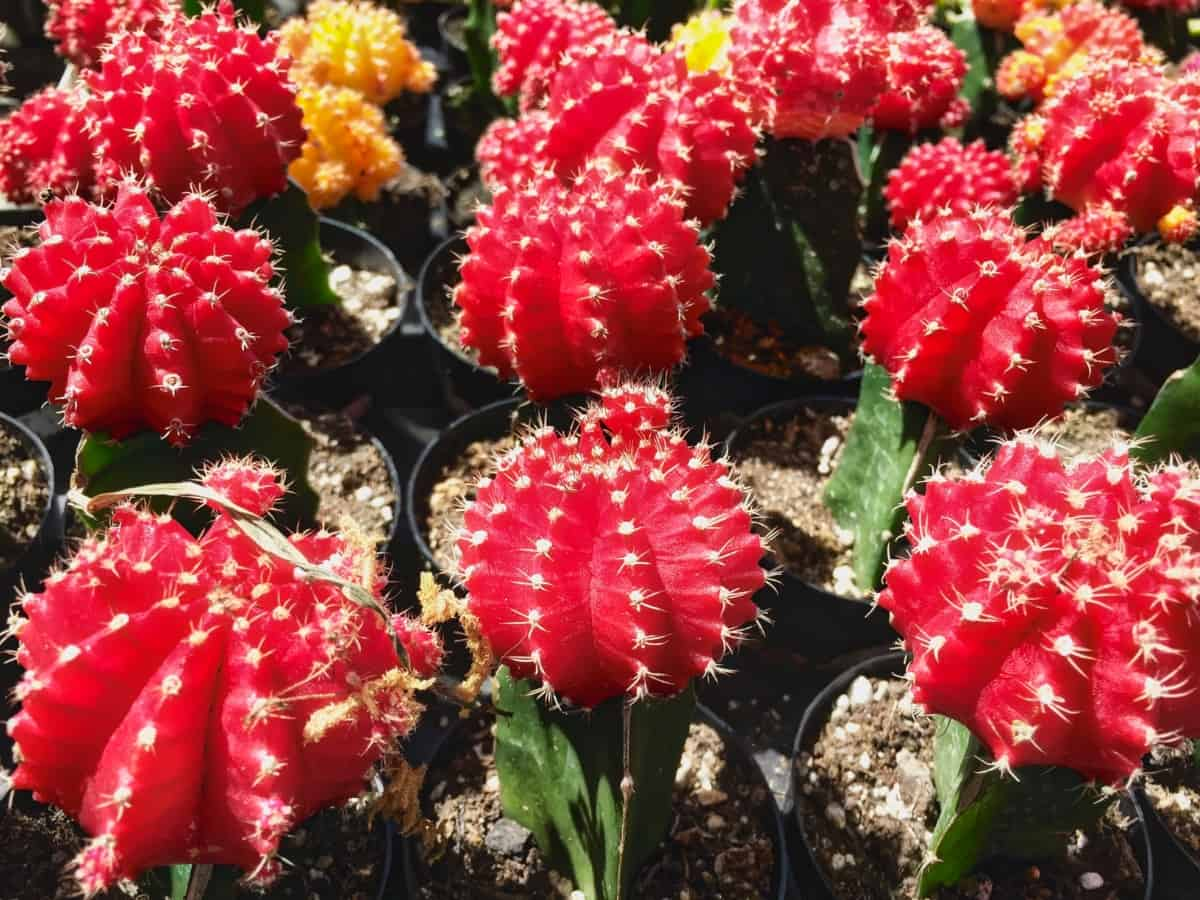Cacti and Succulents have become increasingly popular as indoor plants in recent years due to their unique shapes, colors, and low-maintenance nature. Cacti and Succulents are the perfect addition to any home or office.
Cacti and Succulents Growing Care
Caring for indoor Cacti and Succulents is fairly simple giving them plenty of sunlight and water and keeping an eye on room temperature. These are two types of plants that have some similarities. Both store water in their stems or leaves to survive in dry environments, making them perfect for indoor gardening. Cacti are known for their unique appearance, with spines growing from the stem. They come in different shapes and sizes, ranging from small round balls to tall pillars.
Some species even produce beautiful flowers that bloom once a year. Conversely, Succulents come in various forms, such as rosettes and elongated leaves, while storing water inside them like Cacti. Both cactus and Succulent plants thrive well indoors because they don’t require frequent watering, nor do they need much attention to grow healthy. It’s important to remember that Cacti and Succulents prefer dry soil. Overwatering is one of the most common mistakes people make when caring for these plants.
Provide plenty of sunlight for your Cacti and Succulents, but avoid direct sunlight during the hottest parts of the day. A south-facing window is usually ideal. Cacti and Succulents do not require much fertilizer since they grow slowly. Keep an eye out for pests such as spider mites or mealybugs which can damage your plant if left unchecked. Regular inspection will prevent any infestation from getting too serious.
In addition to proper lighting and temperature control, ensure your cactus or Succulent has well-draining soil and a suitable container. Terra-cotta pots are great choices because they allow excess moisture to evaporate through the porous material. Cacti and Succulents are low-maintenance houseplants that thrive in bright, sunny spots. In general, these plants require plenty of natural light to grow properly.
In addition to their low-maintenance needs, Cacti and Succulents also purify the air by removing toxins from the atmosphere. Make sure your plants are getting enough sunlight. Most Cacti and Succulents thrive in bright, indirect light – so consider placing them near a window with plenty of natural light. You’ll be rewarded with healthy, vibrant plants that add beauty to any indoor space by providing your Cacti and Succulents with optimal growing conditions.
Top 10 Edible Cacti and Succulents
Barrel Cactus
Barrel cactus, or Ferocactus, is a popular Succulent that can be grown indoors. This plant gets its name from its barrel-like shape and spiky exterior. Barrel Cacti come in various sizes ranging from small to large. One of the most distinctive features of this plant is its ability to store water in its thick stem.

This makes it an ideal choice for people with little time to care for their plants regularly. It requires minimal watering and can survive well even if you forget it for weeks. Barrel cactus is a great indoor plant option that adds interest and texture with minimum maintenance required. With proper care, your barrel cactus will thrive indoors year-round.
Saguaro Cactus
Saguaro Cactus is a unique and iconic plant that can add a touch of the wild west to your indoor garden. When grown indoors, Saguaro Cacti thrive in bright light and warm temperatures. They’re also known for their excellent water retention abilities, which means they don’t need watering very often.
However, it’s important not to overwater them as this could lead to root rot. Saguaro Cacti are also incredibly hardy plants that require little maintenance beyond occasional pruning and repotting every few years. Plus, their distinctive shape makes them an eye-catching addition to any room.
Dragon Fruit
Dragon fruit, also known as Pitaya, is a gorgeous and exotic-looking cactus plant that
produces an equally beautiful fruit. The fruit originated in Mexico but can now be found in
many parts of the world. The vibrant pink skin with green scales makes it an attractive
addition to any garden or indoor space.
The plant is easy to care for and requires minimal maintenance, making it an ideal choice for
those who want to grow their edibles at home. It thrives in warm climates with plenty of
sunlight and well-draining soil. Growing Dragon fruit at home can be challenging but
rewarding. It thrives in warm climates and requires well-draining soil to prevent root rot. You
may need to provide additional support for the climbing stems of the plant as they grow.
Feather Cactus
The Feather Cactus is a unique and visually stunning Succulent that can thrive indoors. Feather Cacti prefer well-draining soil and bright indirect sunlight. To avoid root rot, they should be watered only when their soil is completely dry. Due to its small size, the Feather Cactus can easily fit on windowsills or as part of a terrarium display. It’s best propagated through offsets or seeds in the springtime.
Bunny Ears Cactus
It is a popular indoor cactus due to its unique appearance. The Bunny Ears Cactus is native to Mexico and requires bright light but not direct sunlight to thrive indoors. Overwatering can harm this plant, so letting the soil dry out between waterings is important.
In case you missed it: How to Grow and Care for a Christmas Cactus Houseplant: Instructions for Beginners

Blue Hens and Chicks
Blue Hens and Chicks are a type of Succulent with beautiful blue-green rosettes. This plant is perfect for indoor gardening as it requires little maintenance and can survive extreme temperatures. Please place them in well-draining soil with good airflow to properly care for your Blue Hens and Chicks. Water them thoroughly but let the soil dry out completely before watering again.
Star Cactus
The star cactus is a unique and fascinating plant that belongs to the Cacti family. It’s named after its distinctive star-shaped appearance, which makes it quite popular among Succulent enthusiasts. This low-maintenance indoor plant can be grown in various sizes, ranging from small tabletop plants to larger floor plants. The star cactus requires minimal watering and thrives best in bright light conditions. Its unique shape makes it perfect for decorating your home or office space, adding a touch of nature to your surroundings.
Elephant Bush
Elephant Bush, also known as Portulacaria afra, is a beautiful Succulent growing up to six feet tall. This plant has green leaves with a red stem and is easy to care for, making it perfect for first-time growers. This plant is drought-resistant, so you don’t have to water it regularly. This Succulent is perfect for small apartments or offices if you want to add some greenery to your home without taking up too much space. Adding some texture or color variation to your other plants is also great.
Prickly Pear
It is a type of cactus known for its edible fruit. Prickly Pear, known as Nopal, is a cactus
commonly found in Mexico and the southwestern United States. Prickly pear is a type of
cactus that produces sweet and juicy fruits.
Its unique shape and vibrant colors make it an excellent addition to any indoor garden. They
can be planted in small pots or containers and require little maintenance. The flesh of this
fruit can range from bright red to yellow-green and has a sweet yet tangy taste. Both the pads
and fruits of this cactus are edible and have been used in traditional cuisine for centuries.
Moon Cactus
The Moon Cactus is a colorful and unique addition to any indoor garden. Moon Cactus is a low-maintenance plant. It only needs occasional watering and can thrive in direct or indirect sunlight. Plus, it’s small enough to fit on almost any windowsill or desk.
In case you missed it: Discover the Beauty of the Top 15 Flowering Cactus Plants for Your Home

Conclusion
Growing Cacti and Succulents indoors have become increasingly popular over the years. Not only are they aesthetically pleasing, but there are also numerous benefits to having these low-maintenance plants in your home. They can survive long periods without water and thrive in bright, indirect sunlight.
- Feed Your Flock for Less: Top 10 Tips to Save on Chicken Feed
- Ultimate Guide to Ossabaw Island Hog: Breeding, Raising, Diet, and Care
- Hatching Answers: The Top 10 Reasons Your Chickens Aren’t Laying Eggs
- Eggs and Economics: Breaking Down the Cost of Raising Backyard Chickens
- Defend Your Greens: Proven Methods to Keep Iguanas Out of Your Garden
- Ultimate Guide to Cinnamon Queen Chicken: A Comprehensive Guide for Beginners
- Ultimate Guide to California Tan Chicken: Breeding, Raising, Diet, Egg-Production and Care
- Ultimate Guide to Marsh Daisy Chicken: Breeding, Raising, Diet, and Care
- 10 Types of Chicken Farming Businesses You Can Start for Profits